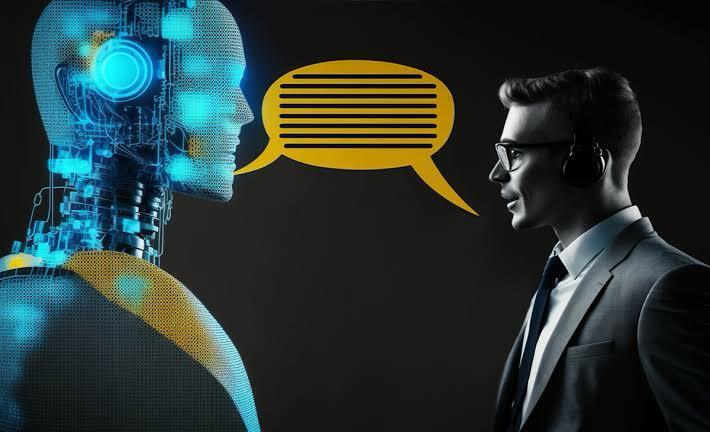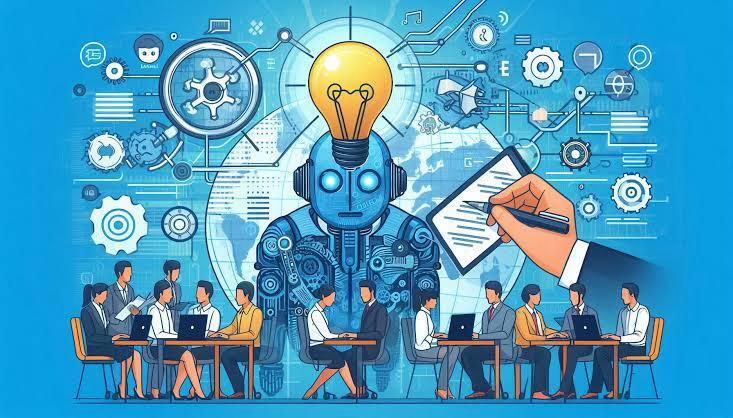Subtotal: $4398.00

In an era dominated by machine translation tools like Google Translate and AI-powered language models, one might wonder why human translators are still essential. These digital tools have indeed revolutionized the way we communicate across languages, but there’s one crucial aspect where they fall short: understanding and conveying cultural nuances. Here’s why human translators are irreplaceable when it comes to culturally sensitive and nuanced translations.
1. Language Is More Than Just Words
Translation isn’t just about converting words from one language to another. Language is deeply tied to culture, history, and context. For example, idioms, metaphors, and colloquialisms often carry meanings that don’t translate directly. A phrase like “break a leg” in English means “good luck” in a performance context, but a machine might take it literally and convey a completely different message. Human translators have the cultural knowledge to interpret these phrases accurately and choose equivalents that make sense to native speakers.
2. Avoiding Misunderstandings and Offense
Cultural sensitivity plays a massive role in translation. An innocent phrase in one culture might be offensive or inappropriate in another. Machines lack the contextual awareness needed to understand cultural taboos, humor, and emotional tone. For instance, a word that’s neutral in English might have a derogatory implication in another language. Human translators are trained to navigate these cultural landmines, ensuring that the translated content is respectful and appropriate for the target audience.

3. Capturing Tone and Emotion
Good translation goes beyond literal meaning—it captures the tone and emotion of the original text. Whether it’s a heartfelt speech or a humorous advertisement, the emotional resonance is crucial. AI lacks the emotional intelligence needed to recognize subtle shifts in tone, which can lead to dry or robotic translations. Humans, however, can adapt language to preserve the emotional impact, making the message feel authentic and engaging.
4. Tailoring Content for Specific Audiences
Different cultures have varying ways of expressing the same idea. Human translators understand these differences and adapt the content accordingly, ensuring that it feels natural to the target audience. Whether it’s adjusting formality levels or choosing culturally relevant examples, a human touch ensures that translations resonate on a deeper level.

In Conclusion
While AI has made strides in basic translation, human translators bring invaluable cultural insights that machines simply can’t replicate. They bridge the gap between languages and cultures, preserving the intended meaning, tone, and emotional impact. In fields like literature, marketing, and diplomacy, where nuance is everything, human translators will continue to be indispensable.